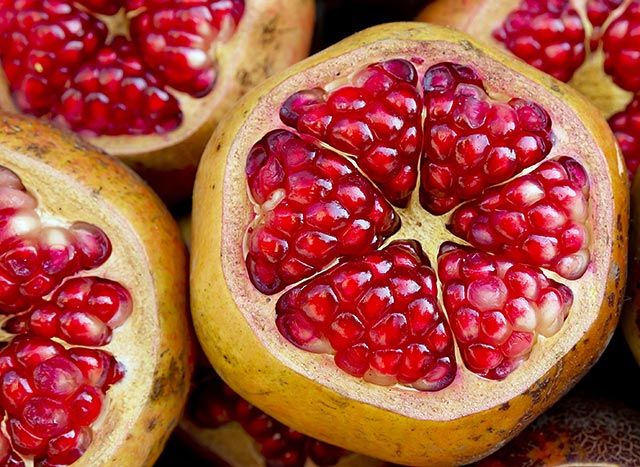Aloe vera gel is better than fennel oil in treating diabetic ulcers
10/16/2018 / By Ellaine Castillo

Diabetes-related problems are not just limited to high glucose levels. There are also many complications, such as foot ulcers, that diabetic patients have to be aware of so that they can effectively treat it when the need arises. With the many available treatments for foot ulcers, it is good to know the most effective among them. A study conducted by researchers from Jenderal Soedirman University compared the efficacy of fennel oil and aloe vera gel, two commonly used natural treatments for foot ulcers.
The number of diabetic patients that develop foot ulcers ranges from 9.1 to 26.1 million. Although there are already advanced treatments for it, such as negative pressure therapy, hyperbaric oxygen, and growth factors, these remain unavailable in developing countries. Aside from being inaccessible, these treatments tend to be very expensive as well, covering 20 percent of the annual $174 million used for diabetes treatments in the U.S.
To avoid expensive treatments while still curing foot ulcers, natural treatments like fennel oil and aloe vera gel are used. Previous studies have shown that aloe vera gel and fennel oil can both promote healing of diabetic ulcers. However, no prior comparisons have been made regarding their effectiveness.
In this study, which was published in the Journal of Evidence-Based Integrative Medicine, the efficacy of fennel oil and aloe vera gel for treating diabetic ulcers were evaluated using male Wistar rats with alloxan-induced diabetes. Treatments were applied, for a period of seven days, on wounds inflicted on the dorsal side of the rats. The effectiveness of the treatments was evaluated based on the wound area and wound closing, as well as histological observations.
After seven days, the researchers were able to observe smaller wound size for the aloe vera-treated mice while the wounds on fennel oil-treated and untreated mice were not significantly different in size. However, a macroscopic analysis revealed that the wound for fennel-oil treated mice, while still big, was still almost healed.
The macroscopic analysis also showed that at days three to five, aloe vera-treated rats were already covered in granulation tissue and had no necrotic tissue, unlike the other two setups. These are important indicators of healing since granulation tissue is new tissue synthesized after healing occurs while the necrotic tissue is caused by infection.
Histological observations indicated reduced inflammation, fibroblast infiltration, and reepithelialization for aloe vera-treated rats while the fennel oil-treated rats were histologically closer to the untreated rats. The presence of fibroblasts could be attributed to the granulation tissue observed in the wounds of aloe vera-treated rats. Meanwhile, the researchers hypothesized that the presence of anthraquinone in aloe vera led to reduced inflammation.
Overall, the results all point to aloe vera being a better treatment for diabetic ulcers compared to fennel oil. The powerful wound healing activity exhibited by aloe vera proves that it can be used for the treatment of diabetic ulcers and many other wound-related problems. (Related: Aloe vera plant produces miraculous, life-saving results in trauma, burns and hemorrhagic shock.)
How to prevent diabetic foot ulcers
Instead of treating diabetic ulcers, it would be easier to work on not getting them at all. This is especially true for those who have already been diagnosed with diabetes. Prevention methods include:
- Maintaining clean feet – Even if your feet are kept inside shoes all day, it is still important to wash them. Feet should be thoroughly washed, especially between the toes since gunk could build up here. For extra care, apply moisturizer to prevent blisters caused by dryness and friction.
- Wearing well-fitted shoes – If shoes don’t fit well they could cause friction between the fabric and the skin or they could prevent proper circulation. This could be a difficult problem to solve for some people who have differently-sized or irregularly-shaped feet, but there are also custom made shoes.
- Quitting smoking – One of the many health impacts that smoking has is impaired circulation. Reduced blood flow to the feet can progress into diabetic foot ulcers.
Learn more about natural remedies for diabetic complications by visiting DiabetesCure.news today.
Sources include:
Tagged Under: aloe vera, aloe vera gel, anti-inflammatory, diabetes, diabetes complications, diabetes cures, diabetic sores, diabetic ulcer, fennel oil, foot ulcer, inflammation, nigella sativa, scientific research, Wound Healing, wounds




















